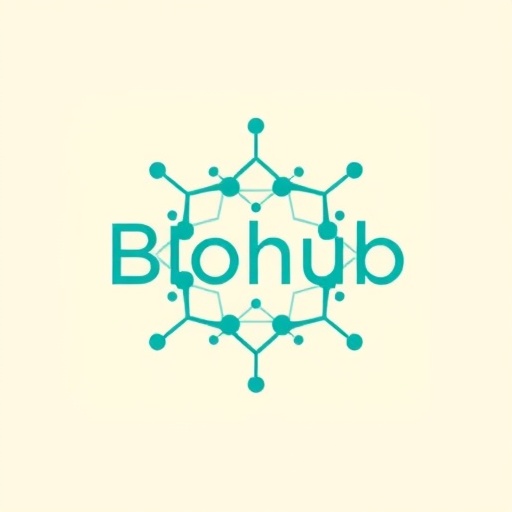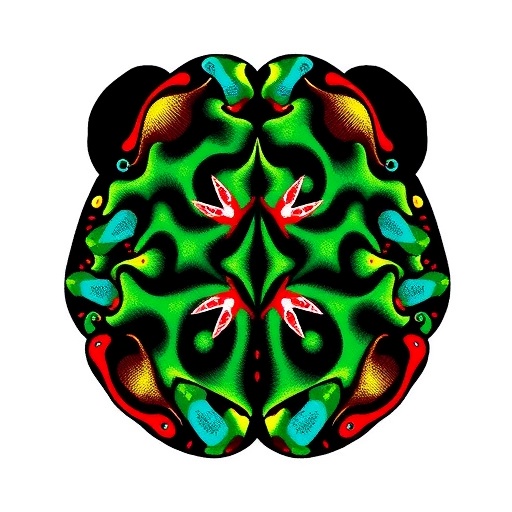PROTECT YOUR DNA WITH QUANTUM TECHNOLOGY
Orgo-Life the new way to the future Advertising by AdpathwayRecent breakthroughs in the study of amyotrophic lateral sclerosis (ALS), a devastating neurodegenerative disease, have unveiled the potential of multi-omics approaches to unveil biological underpinnings and reveal circulating biomarkers. This paradigm shift in medical research equips scientists with a comprehensive toolkit, allowing for the simultaneous analysis of the genome, transcriptome, proteome, and metabolome. By tapping into these molecular layers, researchers are advancing our understanding of ALS and its intricate relationships with environmental factors, particularly toxic exposures that may exacerbate risk factors or trigger disease onset.
Amyotrophic lateral sclerosis, often characterised by progressive muscle atrophy and weakness, remains enigmatic in its etiology. Currently, there is no cure, and the disease’s heterogeneous nature complicates both diagnosis and treatment. Thus, the need for reliable biomarkers—substances that indicate the presence or severity of a disease—is paramount in shaping therapeutic strategies and enhancing patient outcomes. Multi-omics approaches provide insights into these biomarkers through a concerted examination of genetic and epigenetic influences, proteins produced, and metabolic signatures.
In this innovative study, led by researchers Xu, Huang, and Zhou, the focus is on decoding circulating biomarkers in patients diagnosed with ALS. This research investigates how various nutrients, toxicants, and other environmental risk factors influence the biological pathways involved in ALS pathogenesis. The utilization of a multi-omics framework allows for a more holistic understanding and, importantly, identifies correlations between specific biomolecular changes and ALS progression across a diverse patient cohort.
The researchers employed cutting-edge sequencing technologies to capture a wide array of omic data from ALS patients. By integrating this wealth of information, they identified distinct biomarker profiles that correlate with disease stages and even specific phenotypic characteristics, potentially guiding personalized treatment strategies. In addition, the study addressed the interplay between environmental toxins—such as heavy metals and agrochemicals—and the biological alterations seen in ALS, suggesting avenues for further exploration in preventive strategies.
One particularly striking aspect of this research is the clear evidence linking toxic environmental exposures to increased risks of ALS. The study emphasizes that certain geographic regions with high levels of industrial pollution showed a heightened incidence of the disease. These findings evoke concerns about the long-term implications of industrial toxins on public health and reinforce calls for stricter regulations and monitoring practices to safeguard populations at risk.
Additionally, the multi-omics strategy reveals differences in metabolic profiles among ALS patients compared to healthy controls. It appears that specific metabolic pathways related to oxidative stress and inflammation are significantly altered, which can provide potential targets for therapeutic intervention. By exploring these dysregulated pathways, researchers can embark on the development of drugs aimed at modulating cellular reactions to oxidative stress, thereby potentially slowing disease progression.
Furthermore, the study highlights the potential for early diagnostics—a crucial factor in the management of ALS. The identification of specific biomarkers that can be assayed from easily accessible blood samples opens the door to earlier detection. Early intervention in neurodegenerative diseases has been shown to improve outcomes, and these discoveries could lead to routine screening tests that can distinguish ALS from other neurodegenerative conditions.
As the research landscape surrounding ALS continues to evolve, these findings indicate an urgent need for interdisciplinary collaboration between clinicians, toxicologists, and molecular biologists. Each of these fields can contribute valuable insights into the prevention and management of ALS by focusing on the individual components of the disease and their interactions within a larger health context. The synthesis of knowledge will be essential in discovering novel approaches to tackle what remains one of the most challenging diseases in neurology.
While excitement builds over these promising discoveries, there are also challenges ahead. Translating basic research findings into clinical practice is fraught with hurdles, including the necessity for large-scale validation studies to confirm these biomarkers. Ensuring that findings are reproducible across diverse populations and settings is vital for their eventual application in clinical settings. Therefore, ongoing research efforts will need to prioritize the robustness and reliability of discovered markers.
As 2025 approaches, the scientific community anticipates forthcoming advancements in understanding the precise mechanisms that underpin ALS, especially with the potential unveiling of novel therapeutic targets and preventative measures. This multi-omics approach could illuminate not only the pathogenesis of ALS but also a multitude of other neurodegenerative diseases, ultimately leading to a greater impact on public health.
Ultimately, the convergence of diverse scientific disciplines emphasizes the importance of broadening the scope of research methodologies. By embracing a multi-faceted perspective that accounts for genetic, environmental, and lifestyle influences, researchers can begin to piece together the complex puzzle of ALS. This paradigm may very well redefine how we perceive and treat this formidable disease, paving the way for future breakthroughs and transformative therapies.
As we stand at the precipice of this new era in ALS research, it is clear that the integration of technology and a commitment to understanding the intricate tapestry of disease will guide future initiatives. The journey for effective treatments and a cure is fraught with setbacks, yet the exploration of circulating biomarkers coupled with a clear focus on environmental influences promises a pathway that could illuminate effective intervention strategies that resonate with the patients who live with ALS every day.
To conclude, this innovative study underscores the critical intersection of biological mechanisms and environmental considerations in the fight against ALS. The potential to identify biomarkers that reflect not only the disease state but also the influence of environmental toxins offers a framework for enhanced patient care. Greater understanding and focused research efforts will be essential in ensuring that ALS transitions from a fatal diagnosis to one managed with greater efficacy.
Subject of Research: The study focuses on the multi-omics analysis of circulating biomarkers in amyotrophic lateral sclerosis (ALS) and the influence of environmental toxins on disease risks.
Article Title: Multi-omics-based decoding of circulating biomarkers in amyotrophic lateral sclerosis and risks in environmental toxins.
Article References:
Xu, L., Huang, B., Zhou, Y. et al. Multi-omics-based decoding of circulating biomarkers in amyotrophic lateral sclerosis and risks in environmental toxins.
BMC Pharmacol Toxicol 26, 186 (2025). https://doi.org/10.1186/s40360-025-01024-9
Image Credits: AI Generated
DOI: https://doi.org/10.1186/s40360-025-01024-9
Keywords: amyotrophic lateral sclerosis, multi-omics, biomarkers, environmental toxins, neurodegenerative disease, oxidative stress, inflammation, personalized medicine.
Tags: ALS research breakthroughsbiomarkers for amyotrophic lateral sclerosischallenges in ALS diagnosis and treatmentenvironmental toxins and neurodegenerationgenetic and epigenetic influences on ALSinnovative studies in ALS researchmulti-omics approaches in ALSproteome and metabolome analysis in ALSrole of nutrients in neurodegenerative diseasestherapeutic strategies for ALS patients.toxic exposures and ALS risk factorsunderstanding amyotrophic lateral sclerosis etiology


 5 hours ago
9
5 hours ago
9





















 English (US) ·
English (US) ·  French (CA) ·
French (CA) ·